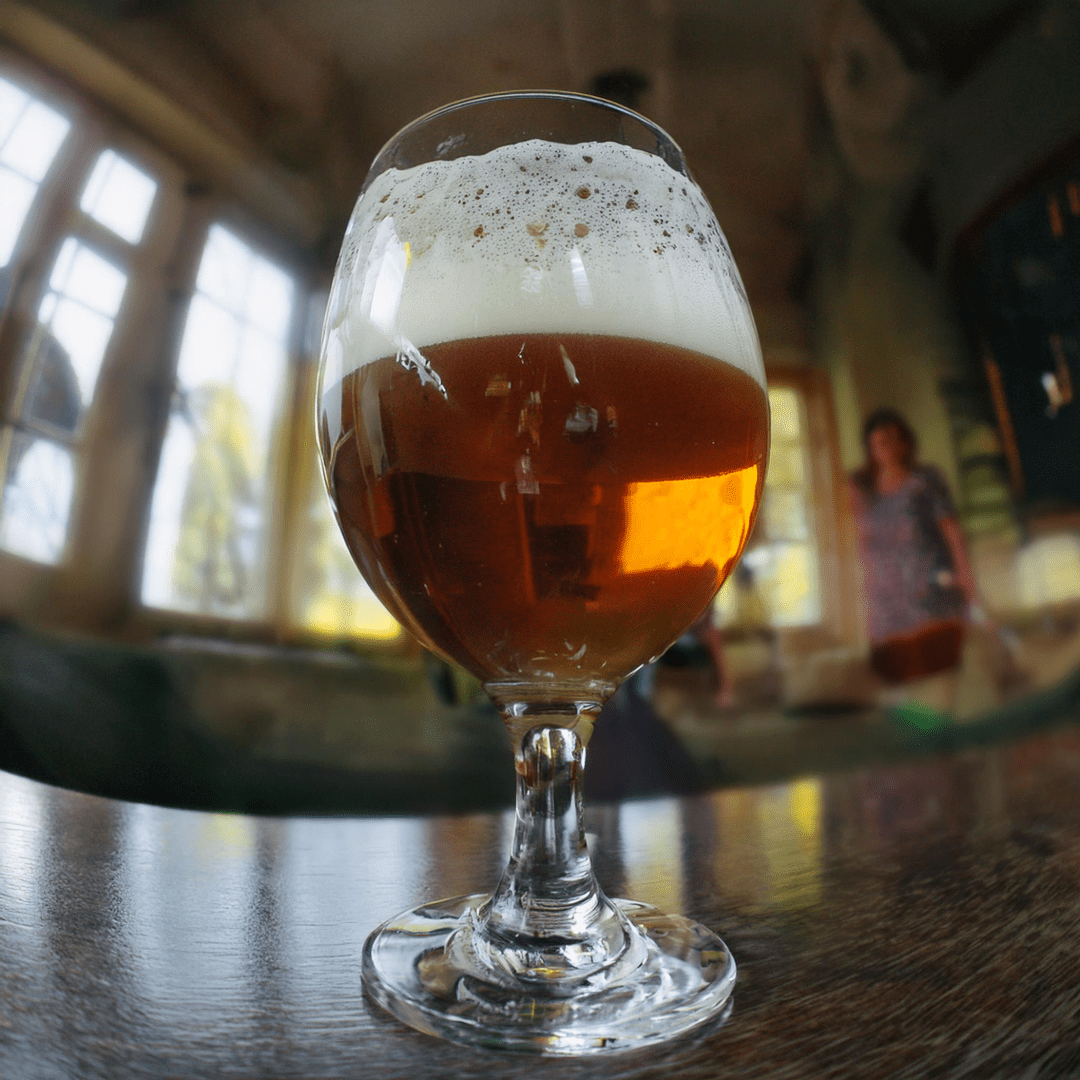Chimay Brewery is one of the most iconic Trappist breweries in the world. Located in a picturesque area of Belgium, this brewery has a rich history and a range of beers worth exploring. In this article we delve into Chimay's past, its founding, its unique beers and their impact on beer culture.
Creation of the Chimay Brewery
The roots of Chimay Brewery go back to the mid-19th century. In 1850, during a period of economic decline in the region, local priest Jean Baptist Jordan decided to establish a Trappist monastery. He approached several existing Trappist monks, but was denied permission to open a new branch. Ultimately, he decided to establish the monastery himself, using land donated by the local prince.
The monks faced a challenge. The land was swampy and the soil was of poor quality, making it difficult to farm. Driven by the need to support the community, the monks started making cheese and milk. But they soon came to the conclusion that setting up a brewery would also be a promising venture.
The First Beers of Chimay
In 1862, just twelve years after the monastery was founded, the first brewing plant was set up. Using steam power, the monks began making their first brew, a Doppelbock, which was unusual for Trappist breweries at the time. This brew would form the basis for Chimay's future.
The first beers were dark and strong, with an alcohol content of about 8%. These beers quickly gained a good reputation and spread throughout Belgium and France. The monks promoted their beers as a kind of health drink, which contributed to their popularity.
The Impact of World Wars
However, the First World War caused great damage to the brewing and beer industry in Europe. The scarcity of raw materials and the economic consequences of the war led to a decline in production. When World War II broke out, the monastery was even occupied by Nazi troops, who destroyed many of the brewing facilities.
After the war, the brewery faced a complete reconstruction. This became an opportunity for the monks to reinvent their brewery. Brother Theodore, a monk with a passion for brewing, was sent to a university to learn the tricks of the trade. Together with a famous professor, he rebuilt the brewery and introduced new techniques and recipes.
Chimay's Iconic Beers
In 1948, Chimay introduced their famous Chimay Rouge, a double beer brewed especially for Easter. This beer, with its rich flavors of banana, clove and caramel, quickly became a favorite among beer lovers. It was a perfect example of how the monks combined their traditional techniques with modern brewing methods.
Another important Chimay brew is Chimay Bleue, first released for Christmas the same year. This stronger beer, with an alcohol content of 9%, has a more complex flavor profile with notes of dried fruit and spices.
The Philosophy of the Trappists
What makes Chimay and other Trappist breweries unique is their commitment to quality and ethics. The beers are brewed under the supervision of monks and the proceeds go to support monastic life and charities. This ensures that every glass of Chimay is not only a tasteful experience, but also contributes to the community.
The Current Status of Chimay
Today, Chimay remains one of the most respected Trappist breweries in the world. Their beers are available worldwide and remain a symbol of Belgian beer culture. The combination of tradition, innovation and dedication to quality makes Chimay a must-try for every beer lover.
Conclusion
The history of Chimay Brewery is a fascinating story of perseverance, creativity and dedication to the community. From the challenges of the 19th century to the impact of the World Wars, the monks of Chimay successfully rebuilt their brewery and left a lasting impression on the beer world. Whether you are a seasoned beer connoisseur or simply curious about the world of Trappist beer, Chimay offers a unique and valuable experience.
Remember to enjoy these delicious beers and the rich history they represent responsibly.





